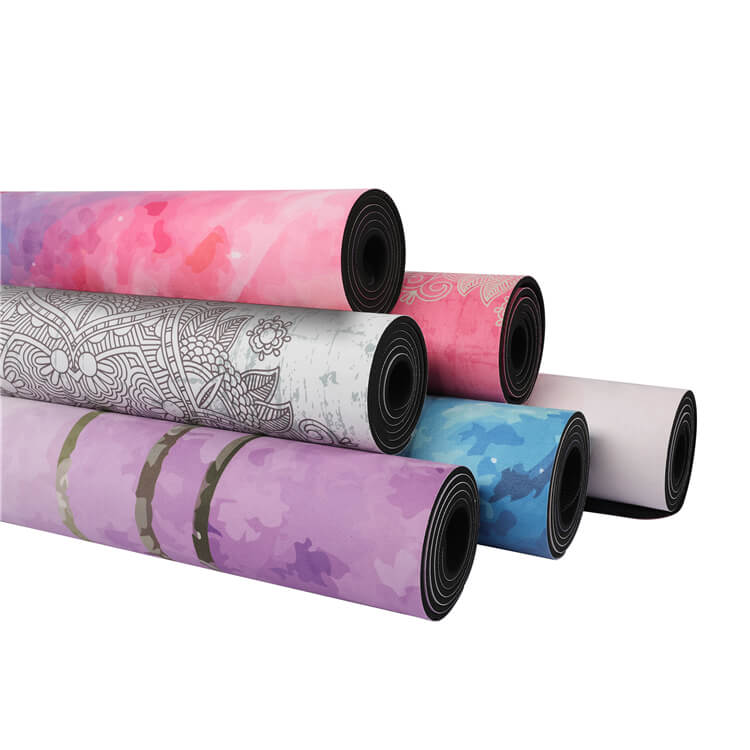How to choose a yoga mat? Yoga is a powerful practice that not only helps with physical health but also greatly contributes to mental well-being. Whether you are a seasoned yogi or just starting your yoga journey, having the right yoga mat is essential for a comfortable and effective practice. With a plethora of options available in the market, it can be overwhelming to choose the perfect yoga mat for your needs. This guide will help you navigate through the various factors to consider when selecting a yoga mat, ensuring that you find the one that best suits your practice.
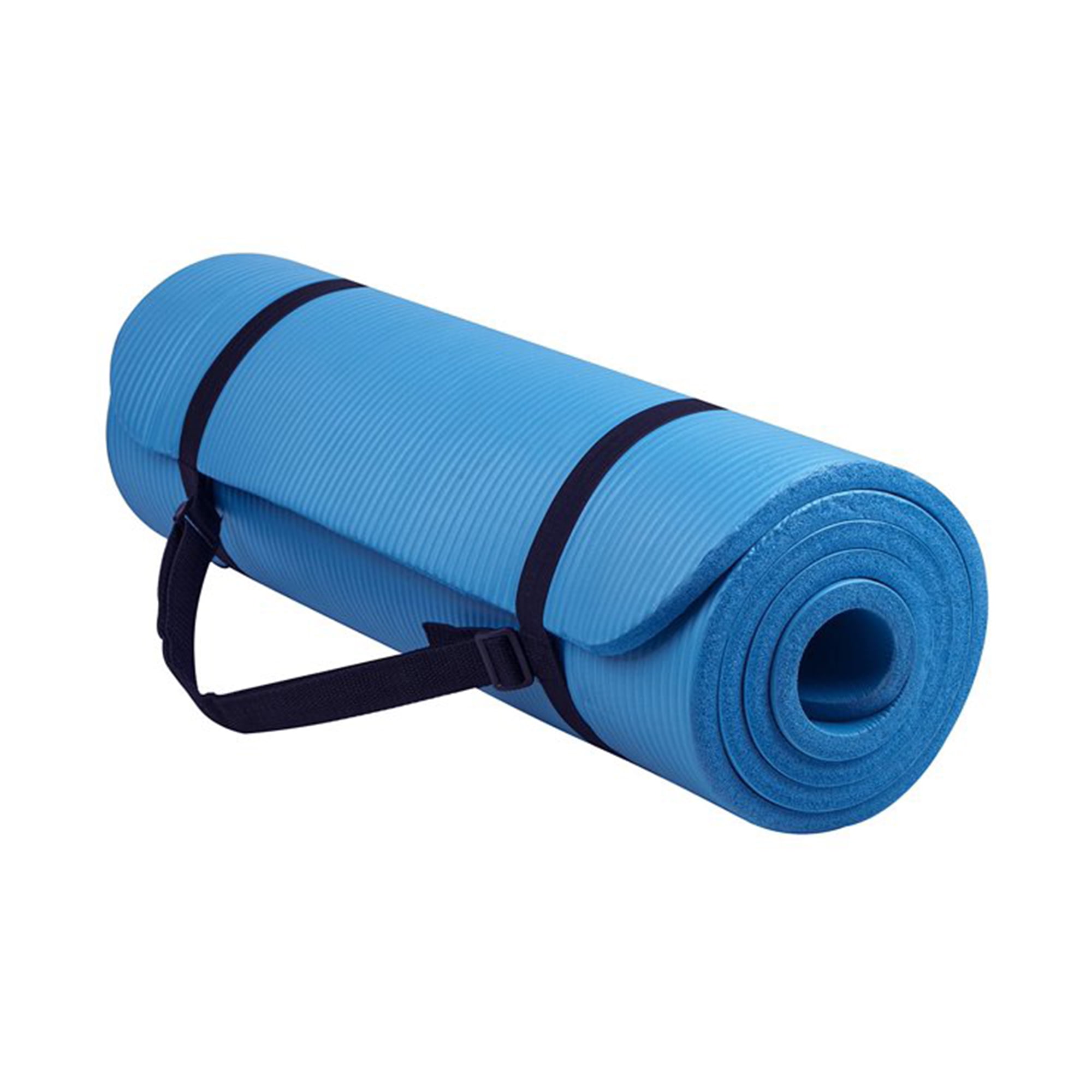
Understanding Your Practice
How to choose a yoga mat? The first step in choosing the perfect yoga mat is to understand your practice. Consider the type of yoga you practice and the specific poses you perform. If you practice a more vigorous style of yoga such as Ashtanga or hot yoga, you may need a mat with better grip and durability. If you practice a more gentle and restorative style of yoga, you may prioritize comfort and cushioning. Understanding your practice will help you narrow down the options and find a mat that is tailored to your specific needs.
Thickness
Yoga mats come in various thickness options, typically ranging from 1/16 inch to 1/4 inch. The thickness of the mat affects its cushioning and support. Thicker mats provide more cushioning and are ideal for those with joint pain or those who prefer extra support during their practice. Thinner mats, on the other hand, offer a firmer and more stable surface, which can be beneficial for balance and stability during standing poses. Consider your comfort preferences and any physical limitations when choosing the thickness of your yoga mat.
Material
The material of the yoga mat greatly impacts its performance, durability, and sustainability. Common materials used for yoga mats include PVC, TPE, rubber, and cork. PVC mats are durable and offer good grip, but they are not eco-friendly. TPE mats are made from non-toxic materials and are more environmentally friendly. Rubber mats provide excellent grip and are sustainable, but they may have a strong smell initially. Cork mats are natural and antimicrobial, providing a firm grip and good cushioning. Consider the qualities of each material and choose one that aligns with your values and preferences.
Texture
The texture of a yoga mat plays a significant role in providing grip and stability during practice. Smooth mats may be slippery when wet, while textured mats offer better traction. Consider the type of yoga you practice and whether you tend to sweat a lot during your practice. If you practice hot yoga or tend to sweat profusely, a mat with a textured surface may be more suitable for you. Additionally, consider any skin sensitivities and choose a mat that feels comfortable against your skin.
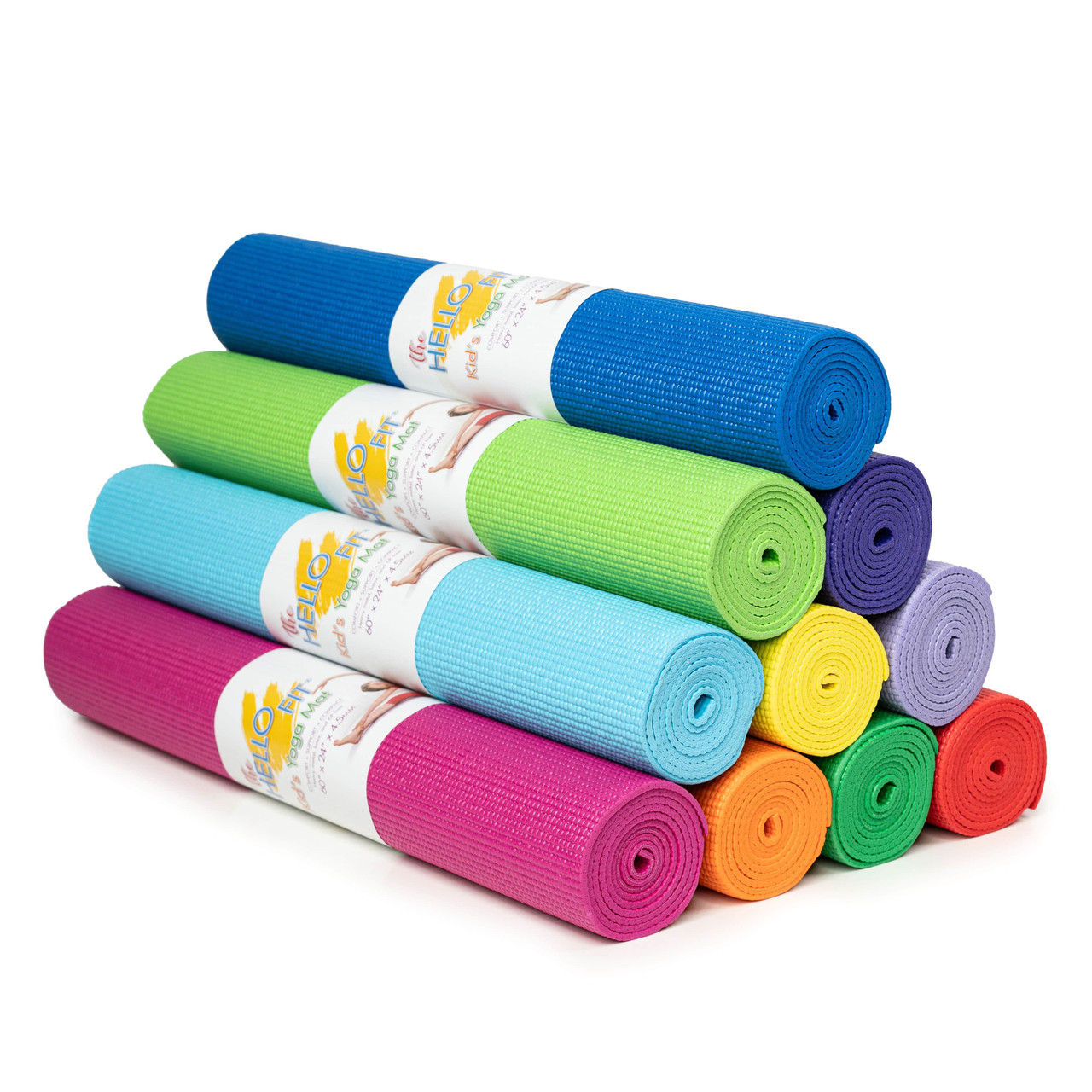
Size
Yoga mats come in various sizes, and the right size for you depends on your height and the space where you practice. Standard yoga mats are around 68 inches long and 24 inches wide, but if you are taller or prefer a larger practice area, you may opt for a longer and wider mat. Consider the dimensions of the mat and ensure that it fits your body comfortably and provides enough space for your movements. If you often practice in a small or crowded space, a thinner and more compact mat may be more practical for you.
Portability
If you regularly practice yoga at different locations or need to carry your mat to and from the studio, portability is an important factor to consider. Some yoga mats are lightweight and easy to roll up, making them convenient for travel. If portability is a priority for you, look for a mat that is easy to transport and does not add considerable weight to your bag.
Price
Yoga mats come in a wide range of prices, and it’s important to consider your budget when choosing a mat. While investing in a high-quality mat can enhance your practice and provide better support, there are also affordable options that offer good performance. Consider the features and benefits that are important to you, and find a mat that fits within your budget while meeting your needs.
Maintenance
Proper maintenance and care can prolong the lifespan of your yoga mat. Some mats are easy to clean with soap and water, while others may require special cleaning products. Consider the maintenance requirements of the mat and choose one that fits your lifestyle and preferred cleaning routine. Additionally, consider the durability of the mat and opt for one that can withstand regular use and maintain its performance over time.
Environmental Impact
If sustainability is important to you, consider the environmental impact of the materials used in the production of the yoga mat. Look for mats that are made from eco-friendly materials and are free from harmful chemicals. Some manufacturers offer mats made from recycled materials or sustainable natural fibers, which can help reduce your ecological footprint while supporting a healthier planet.
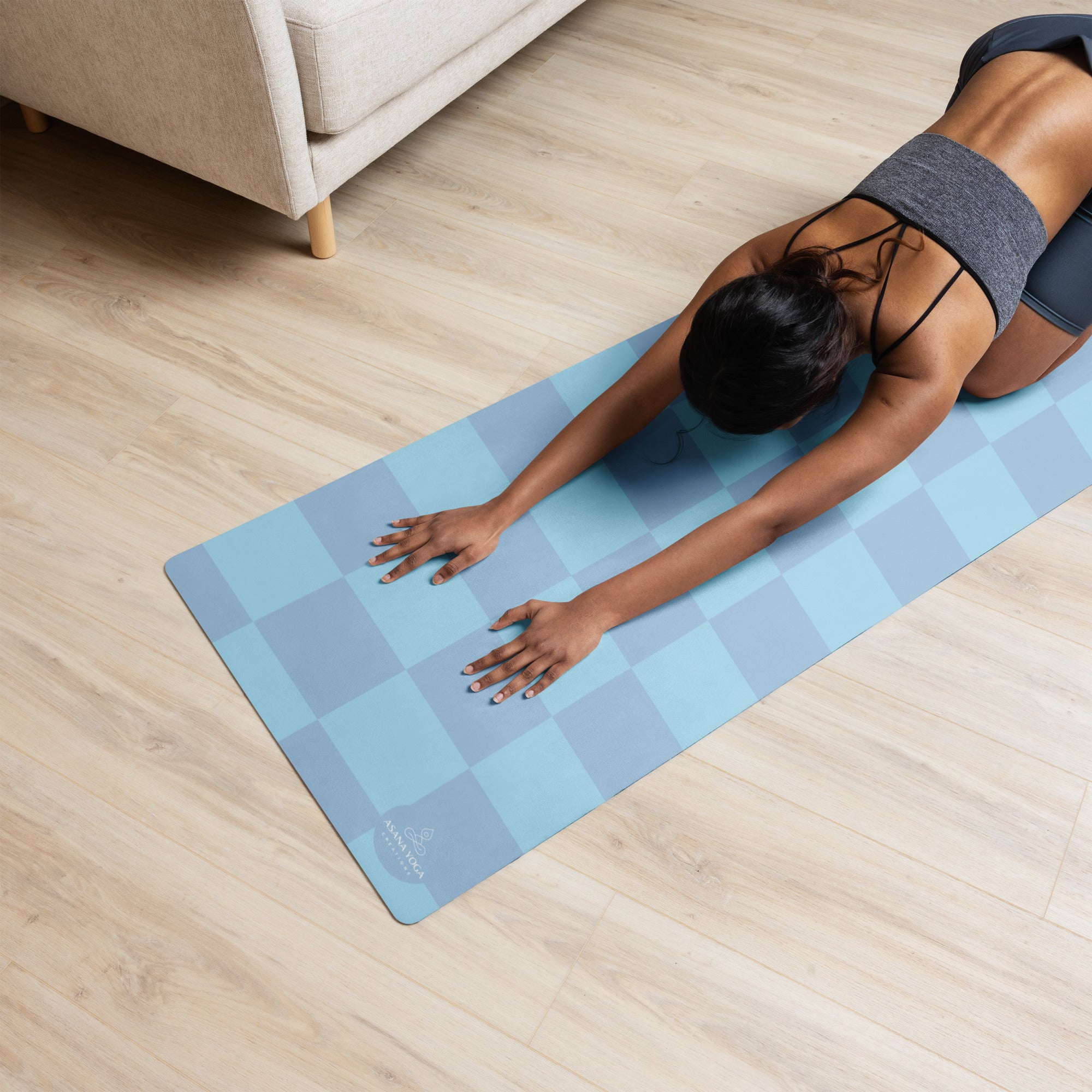
Advantages of Yoga
Yoga has been a popular form of exercise and meditation for centuries, and its benefits are well-documented. The practice of yoga offers a wide range of physical, mental, and emotional benefits, making it an ideal form of exercise for people of all ages and fitness levels.
Physical Benefits
One of the primary benefits of yoga is its ability to improve physical health. Regular practice of yoga can lead to increased flexibility, as the various poses and stretches promote the lengthening of muscles and joints. This increased flexibility can lead to improved posture, reduced risk of injury, and a greater range of motion. Additionally, yoga can help build strength, particularly in the core muscles, which can improve overall stability and balance. The physical benefits of yoga extend to cardiovascular health as well, as certain forms of yoga, such as power yoga, can provide a cardiovascular workout that improves heart health and endurance.
Mental Benefits
In addition to the physical benefits, yoga also offers numerous mental benefits. One of the most well-known mental benefits of yoga is its ability to reduce stress and anxiety. The combination of deep breathing, mindfulness, and gentle movement can help calm the mind and reduce the body’s stress response. This can lead to improved mental clarity, better decision-making, and an overall sense of well-being. Furthermore, yoga has been shown to improve focus and concentration, which can be highly beneficial for learning and productivity. Overall, the mental benefits of yoga can help enhance mental health and reduce the negative impact of stress on the body and mind.
Emotional Benefits
Another important aspect of yoga is its ability to promote emotional well-being. The practice of yoga encourages self-awareness, self-acceptance, and self-compassion, which can lead to improved emotional health. Through meditation and mindfulness, yoga can help individuals develop a greater sense of inner peace and contentment. Additionally, the physical movement and breathing practices of yoga can help release tension and emotional blocks, leading to a greater sense of emotional release and freedom.
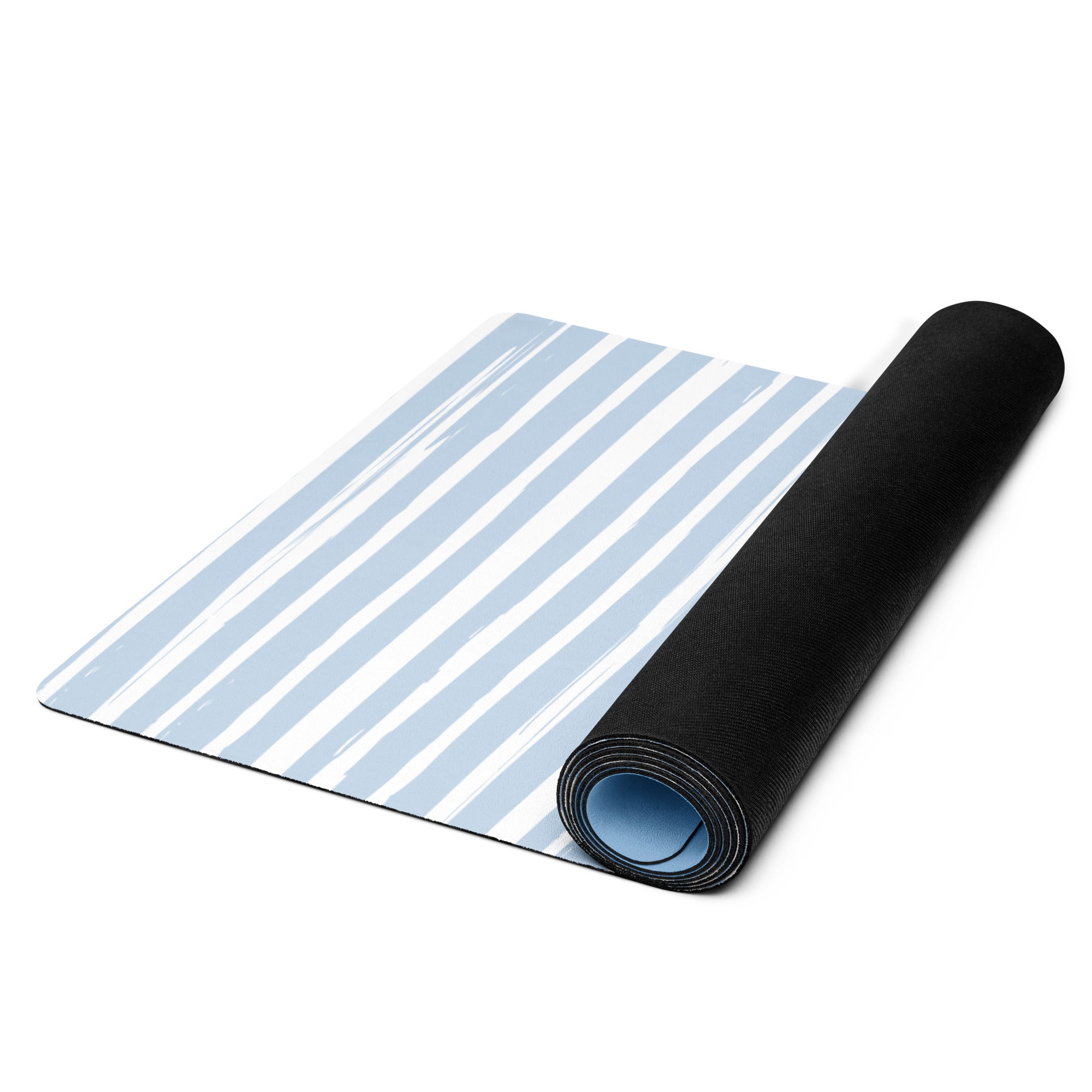
Conclusion
How to choose a yoga mat? Choosing the perfect yoga mat is a personalized process that depends on your individual needs, preferences, and practice style. By considering factors such as thickness, material, texture, size, portability, price, maintenance, and environmental impact, you can find a yoga mat that aligns with your values and enhances your yoga practice. Take the time to research and explore different options, and invest in a high-quality mat that will support you on your yoga journey. With the right yoga mat, you can enjoy a comfortable, safe, and effective practice that nourishes your mind, body, and soul.
